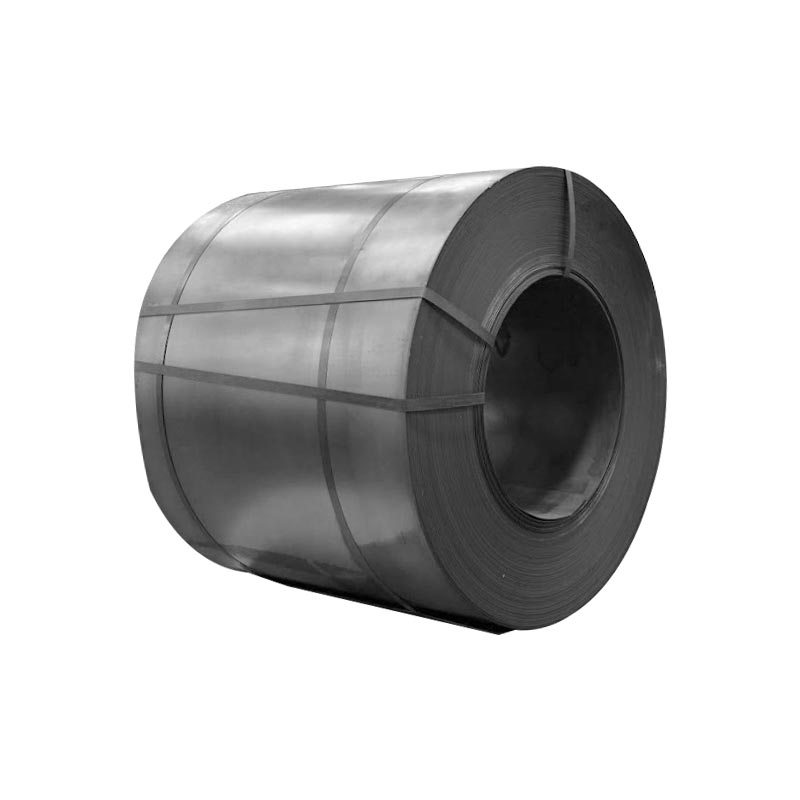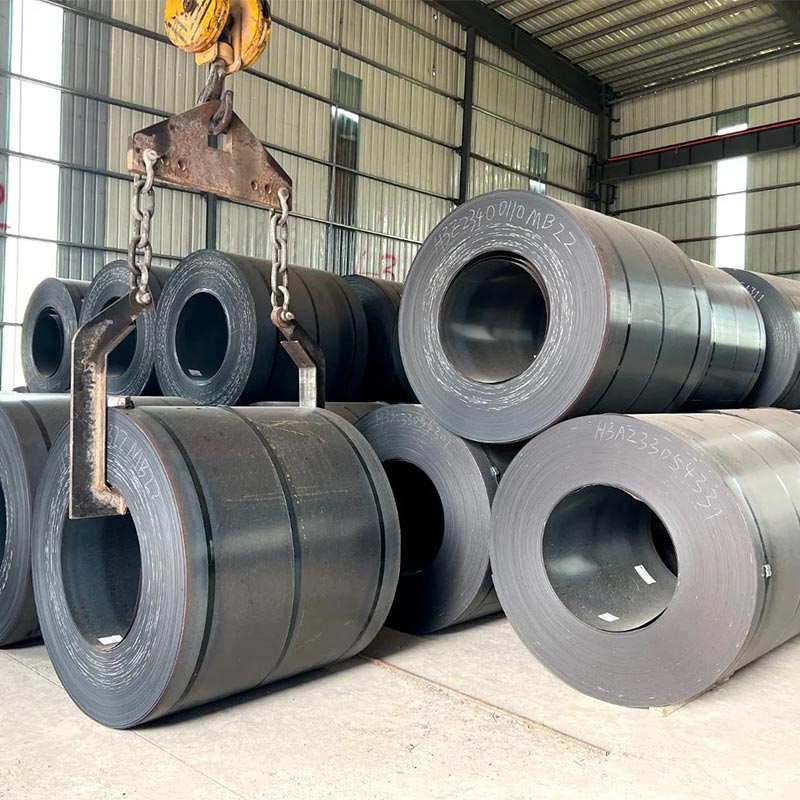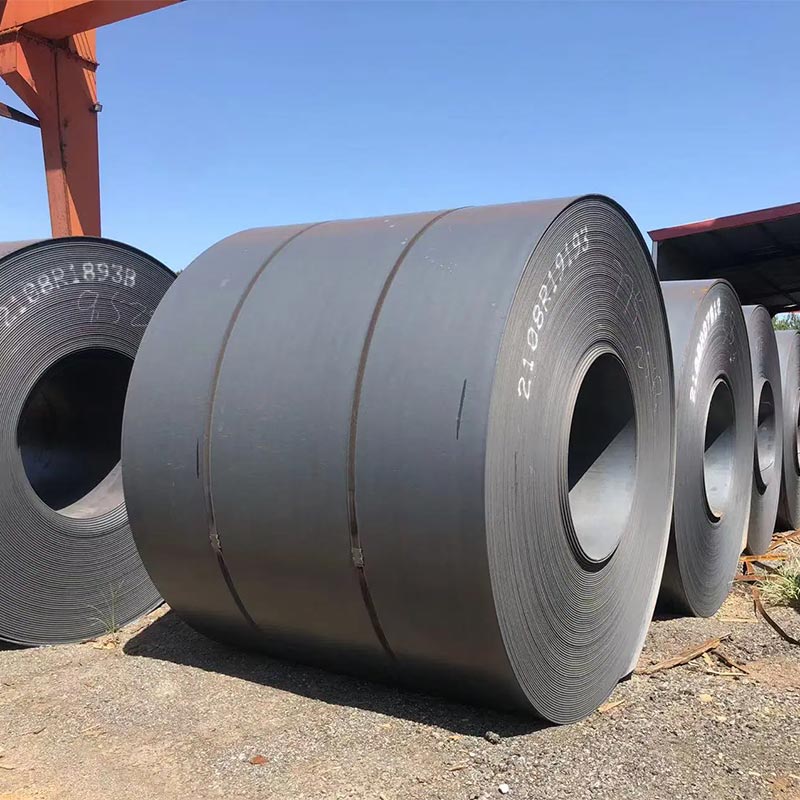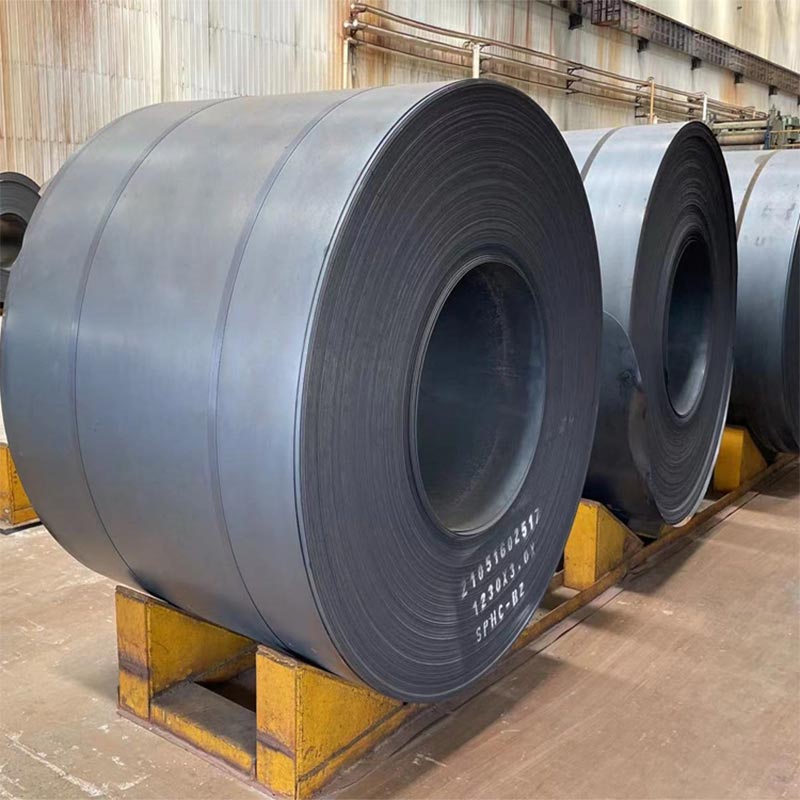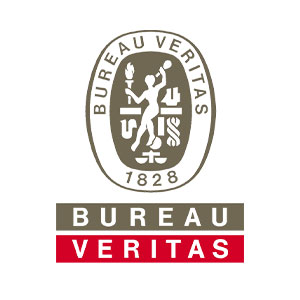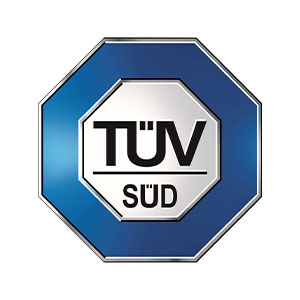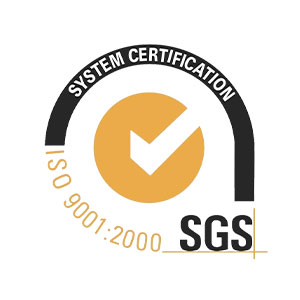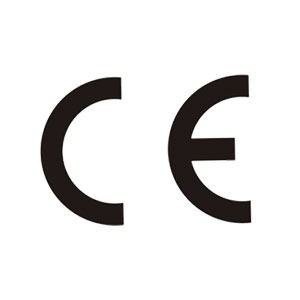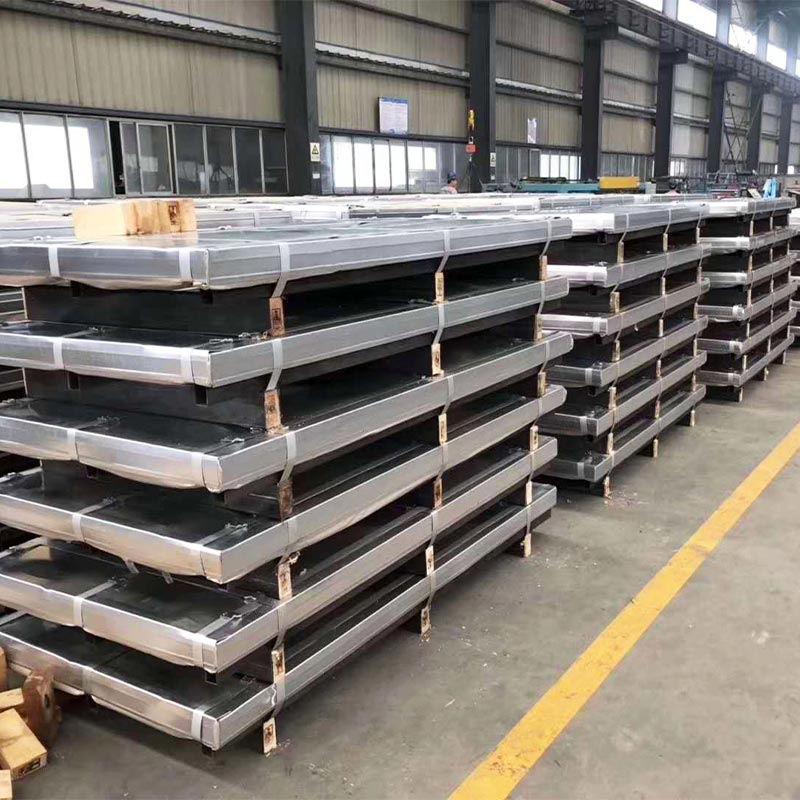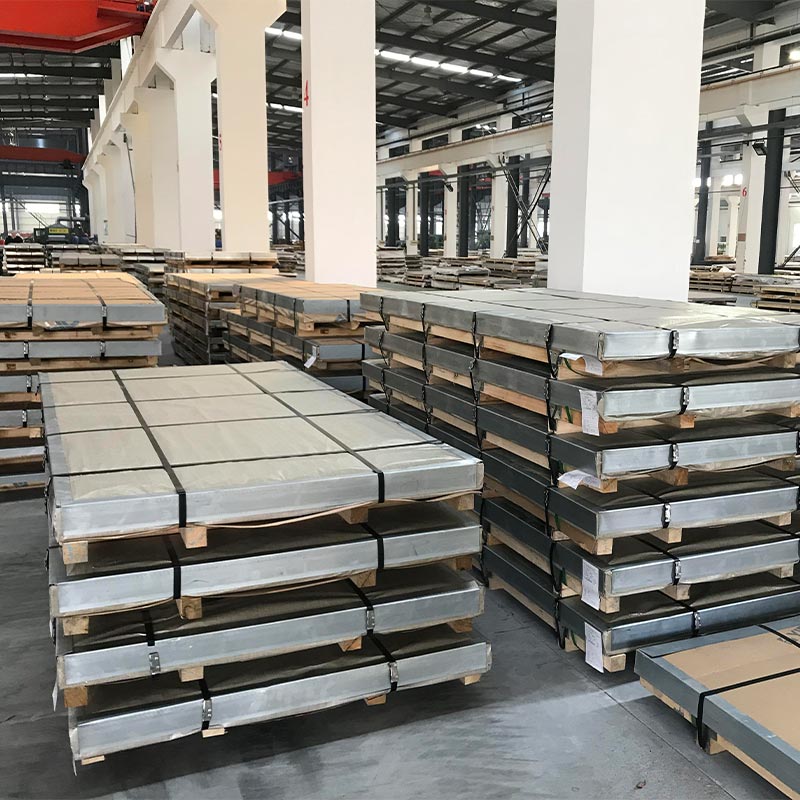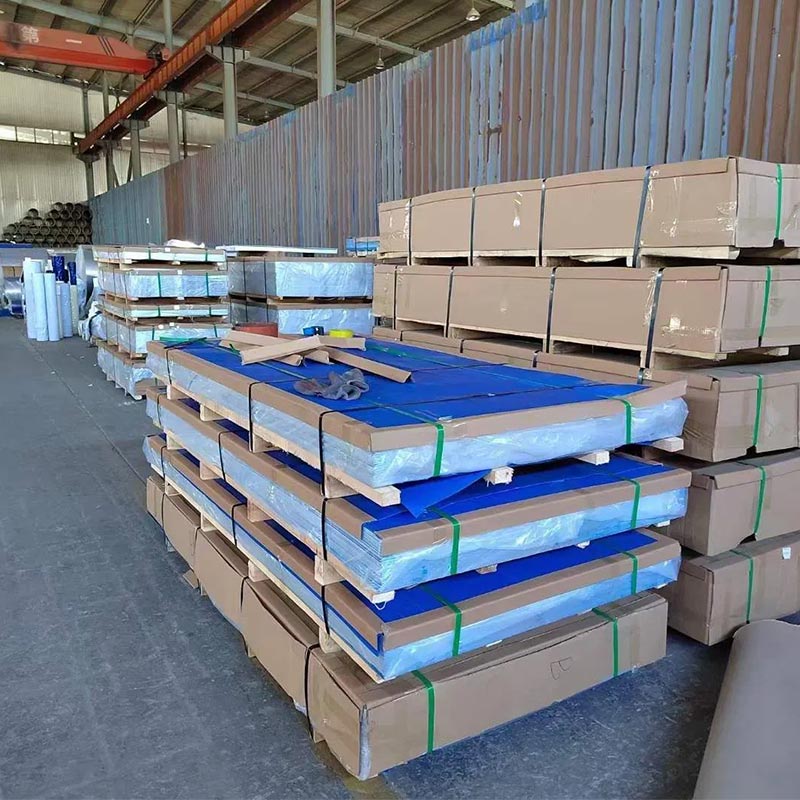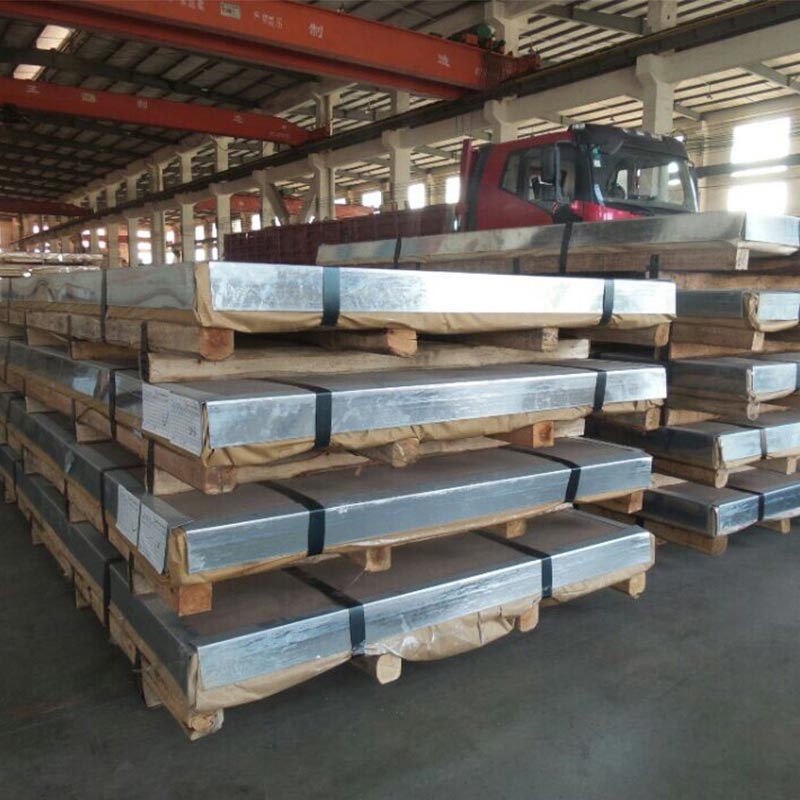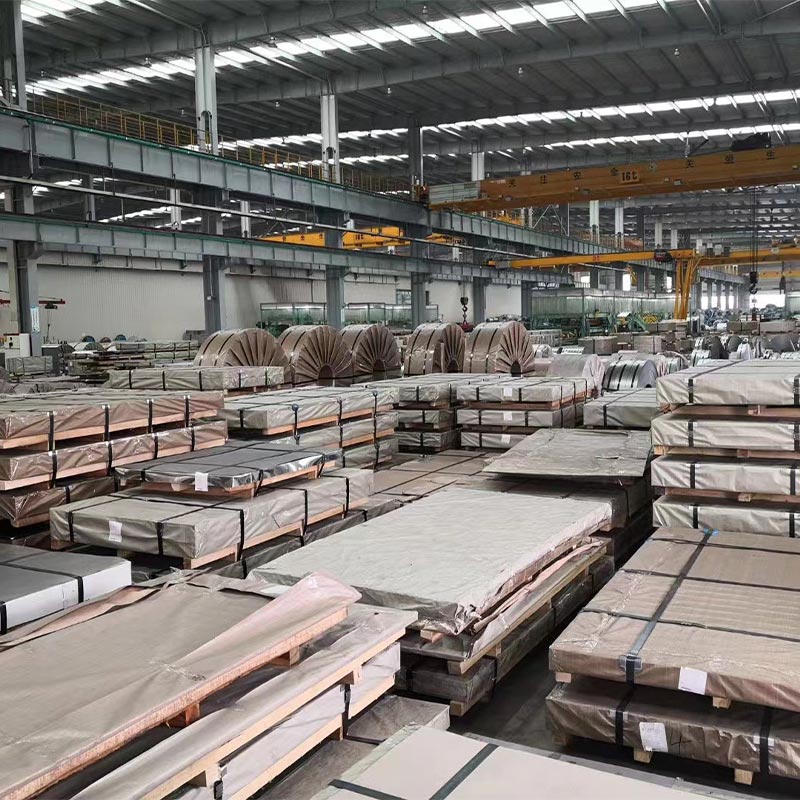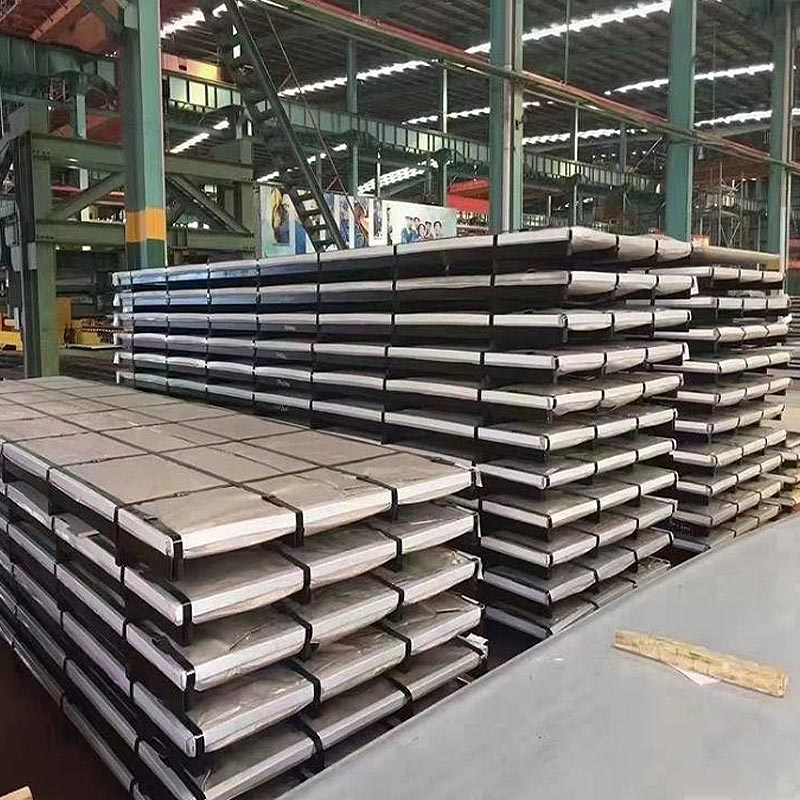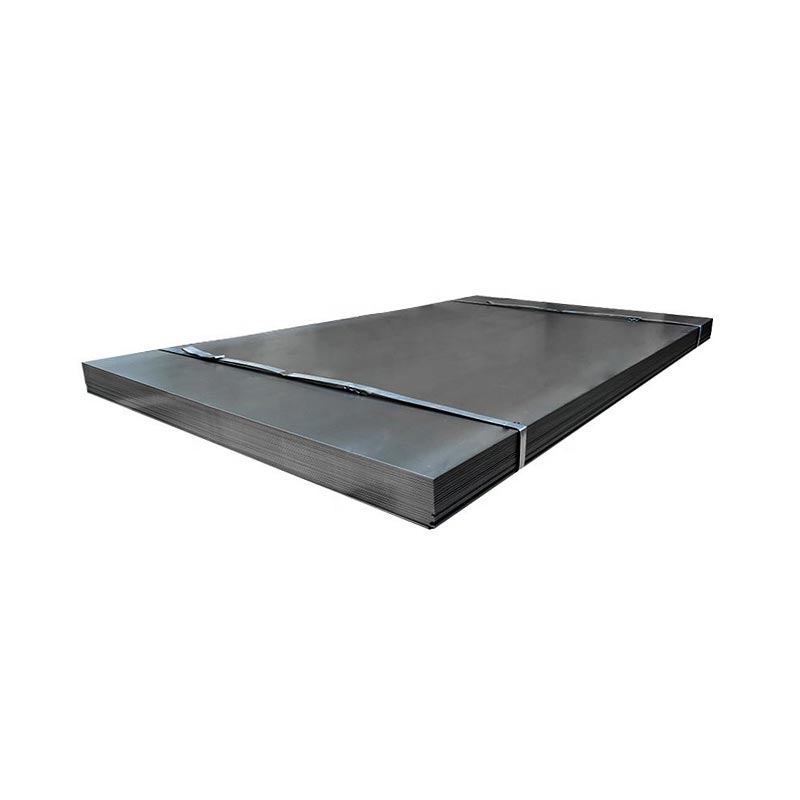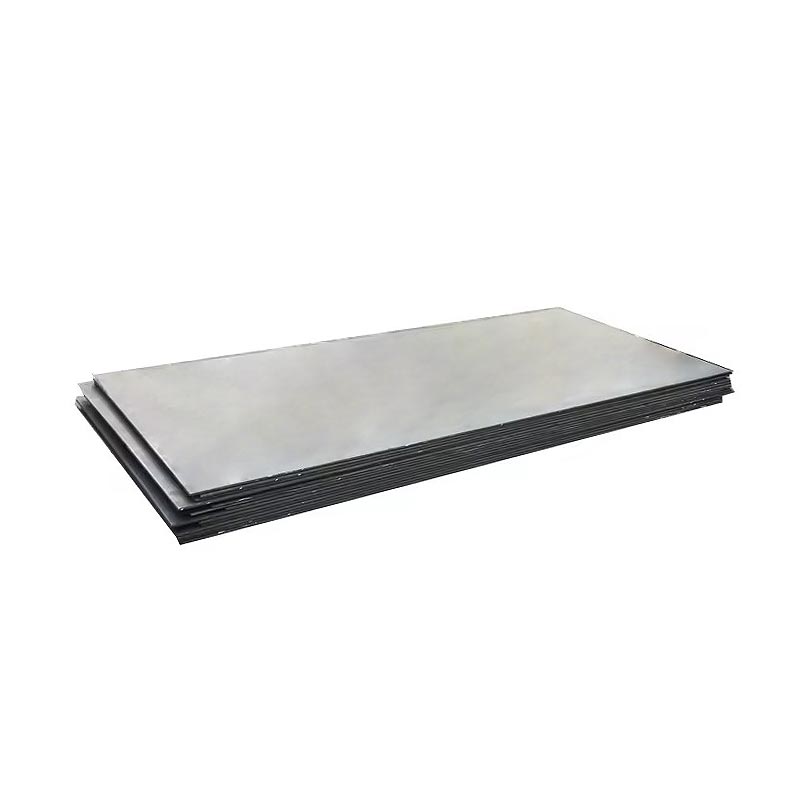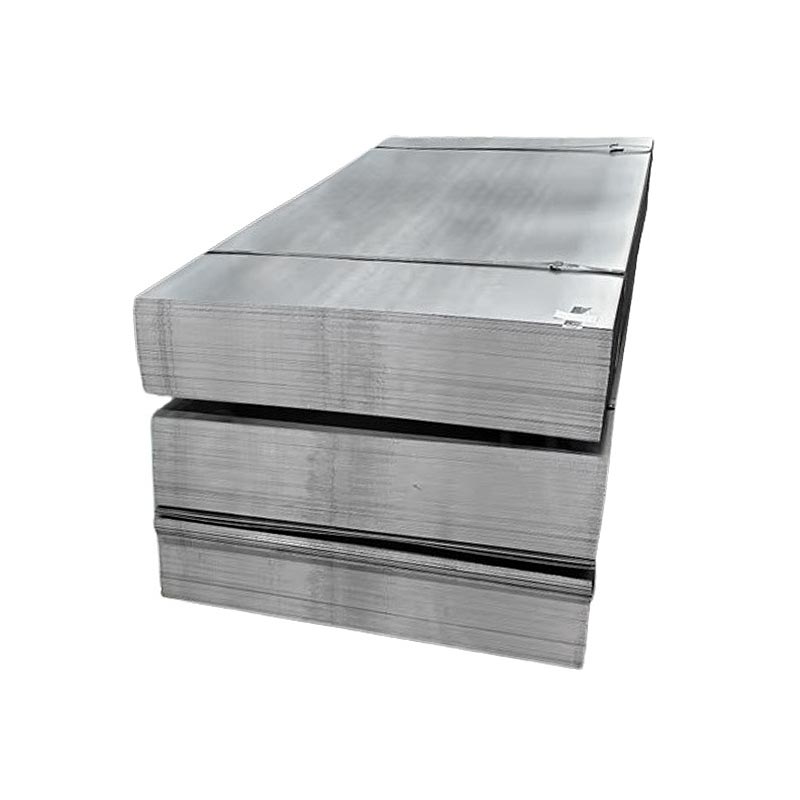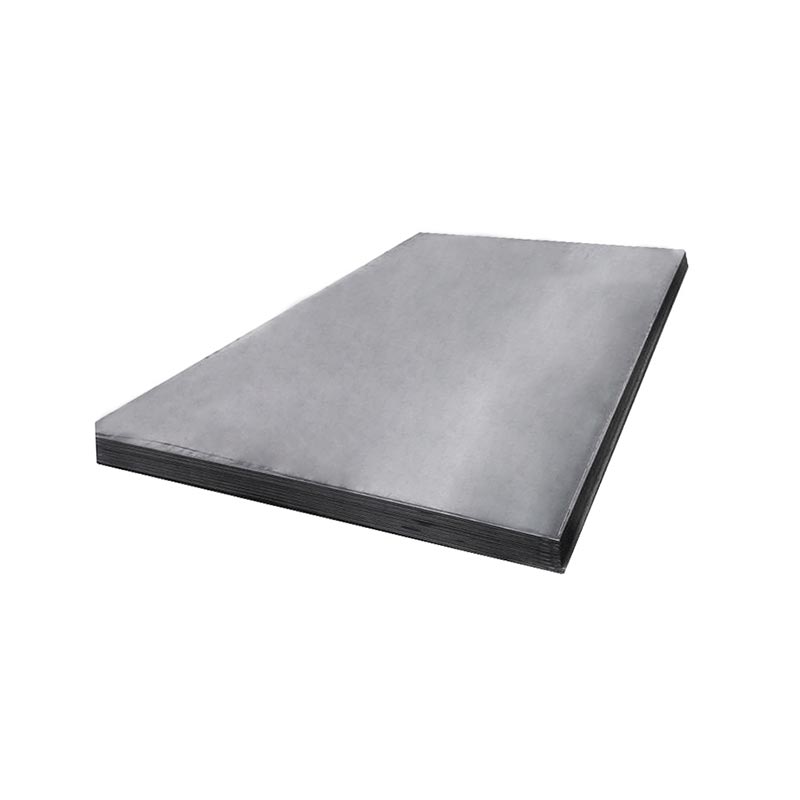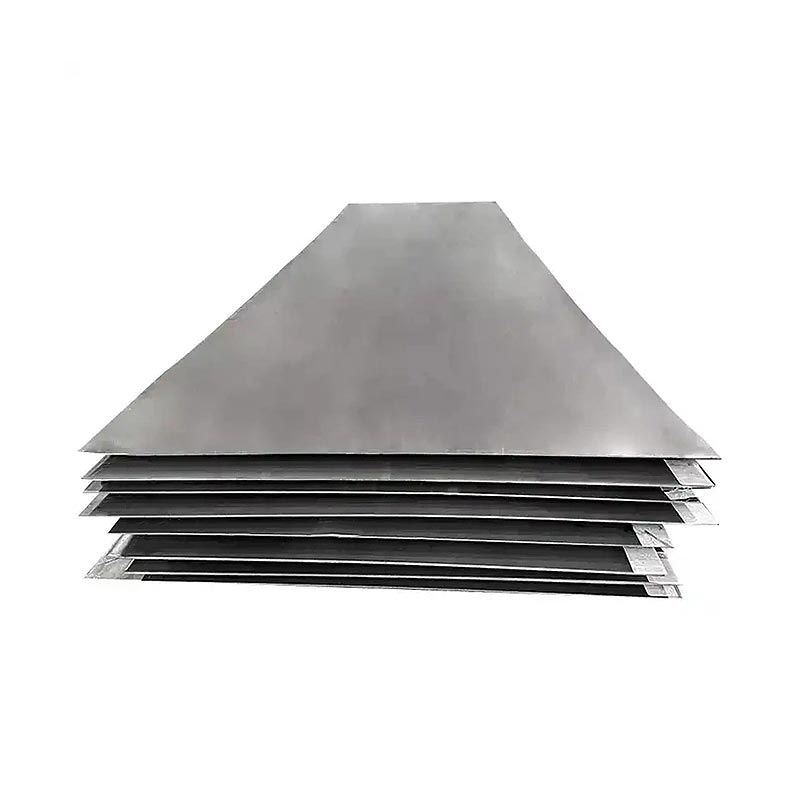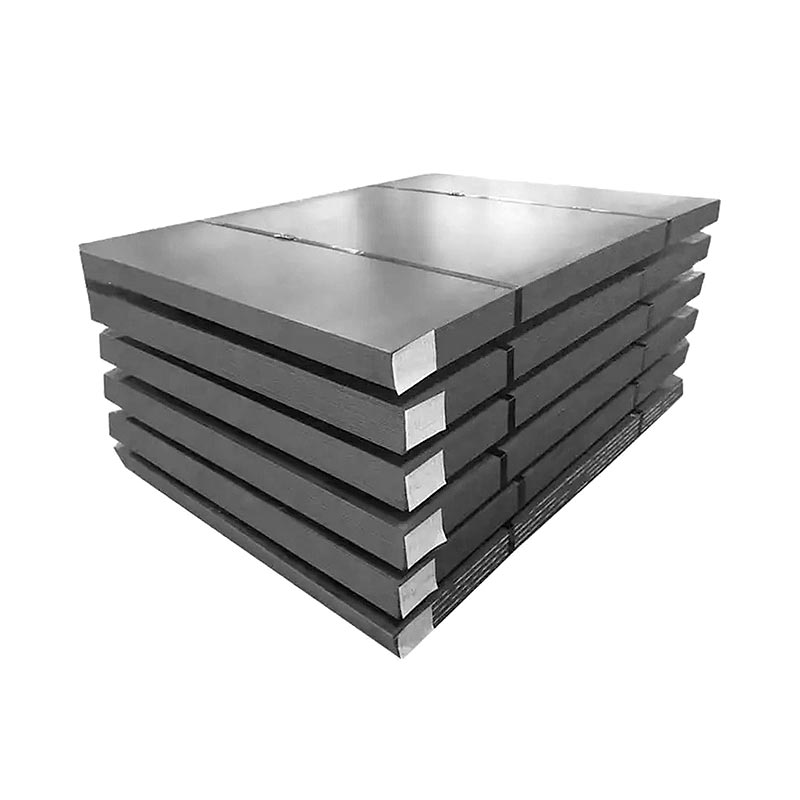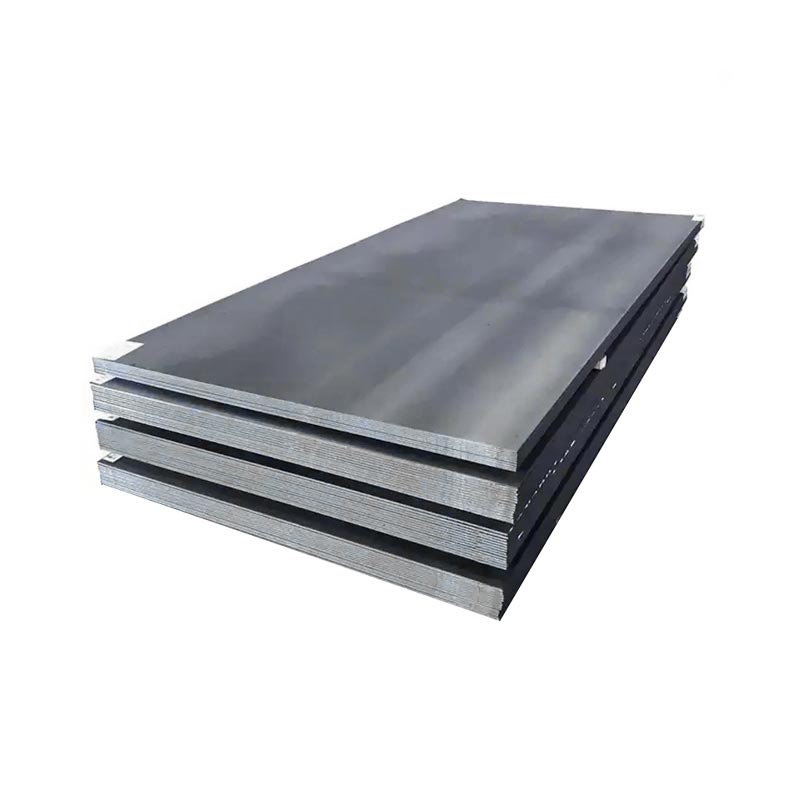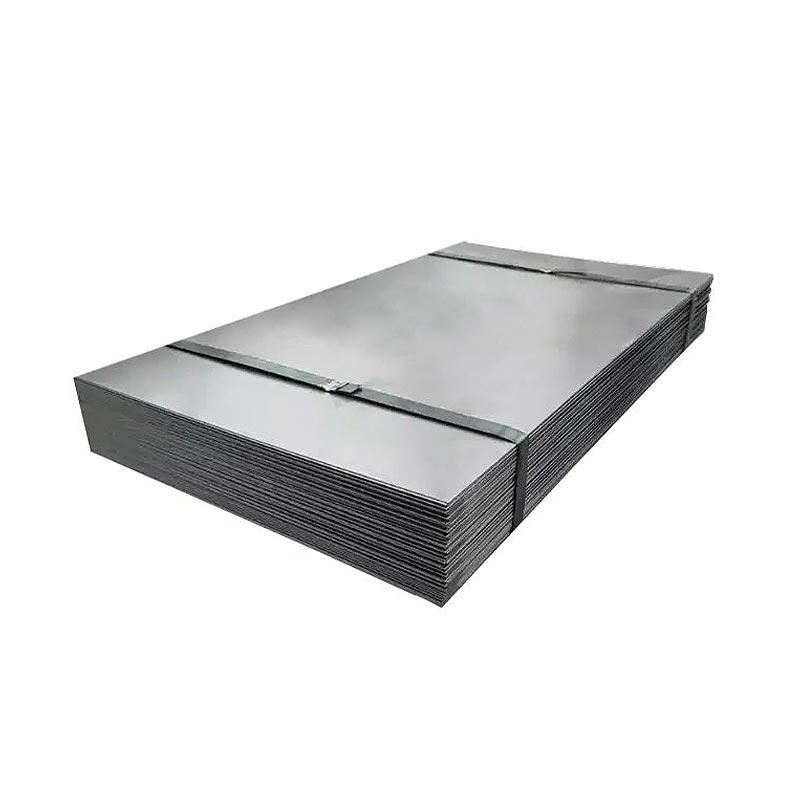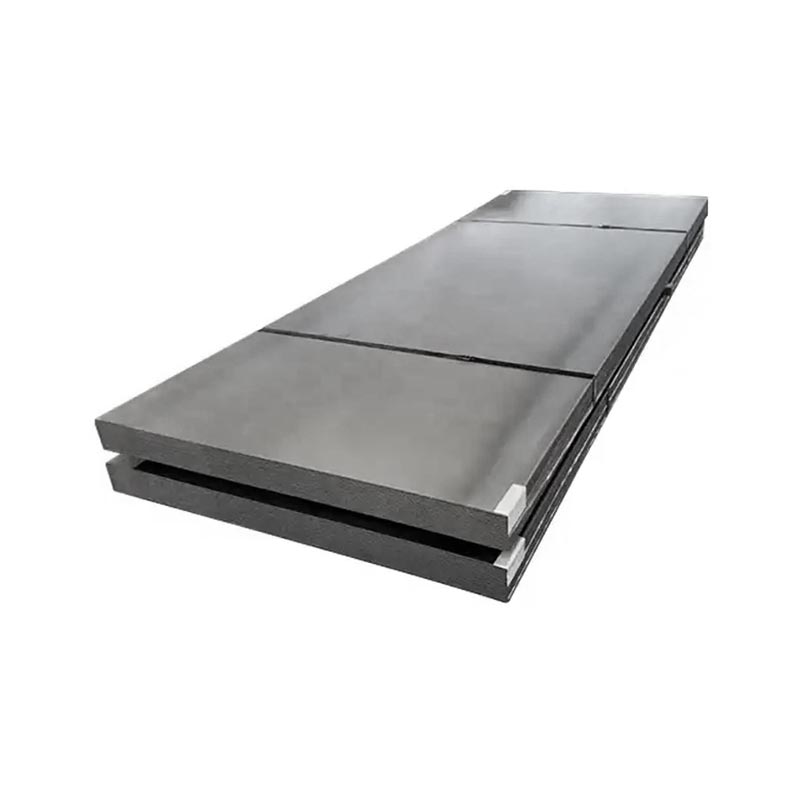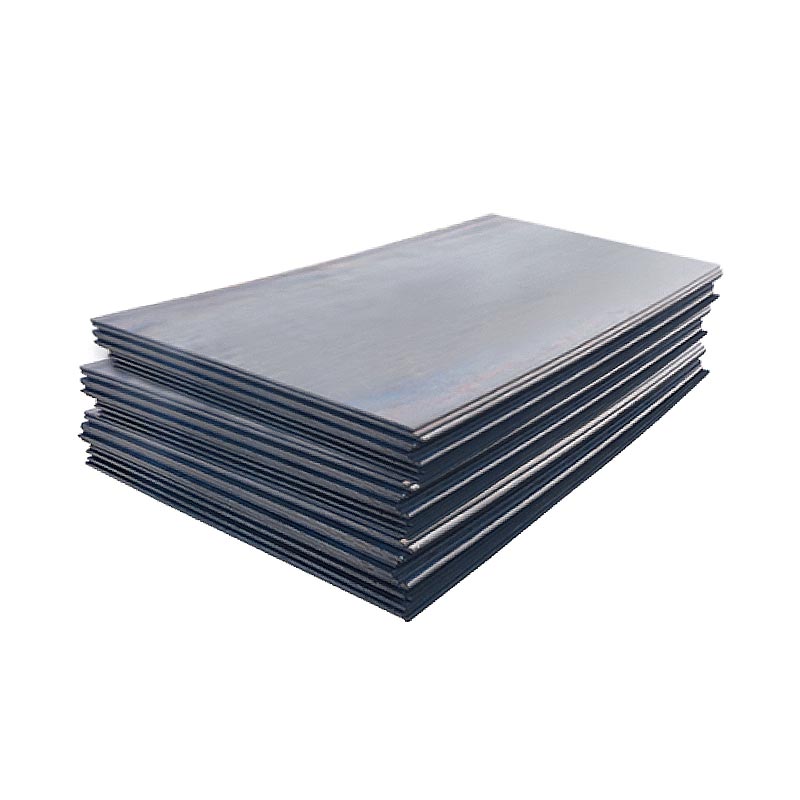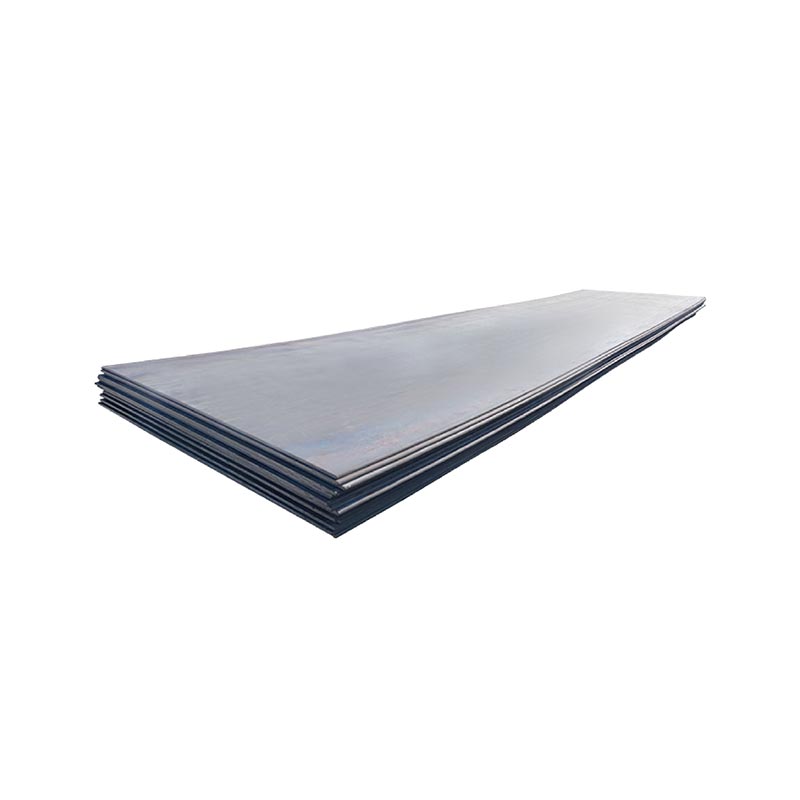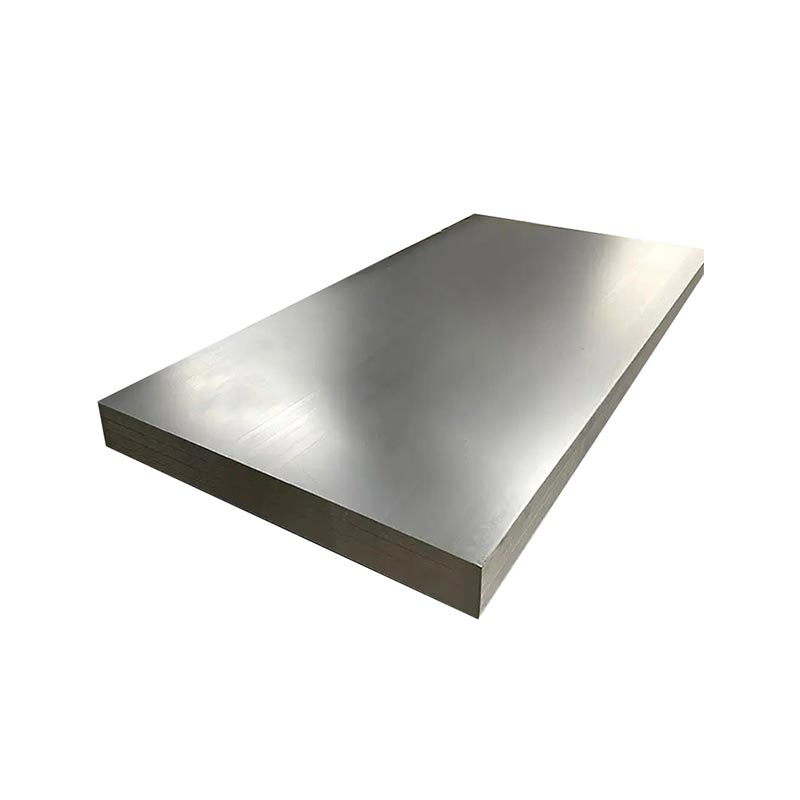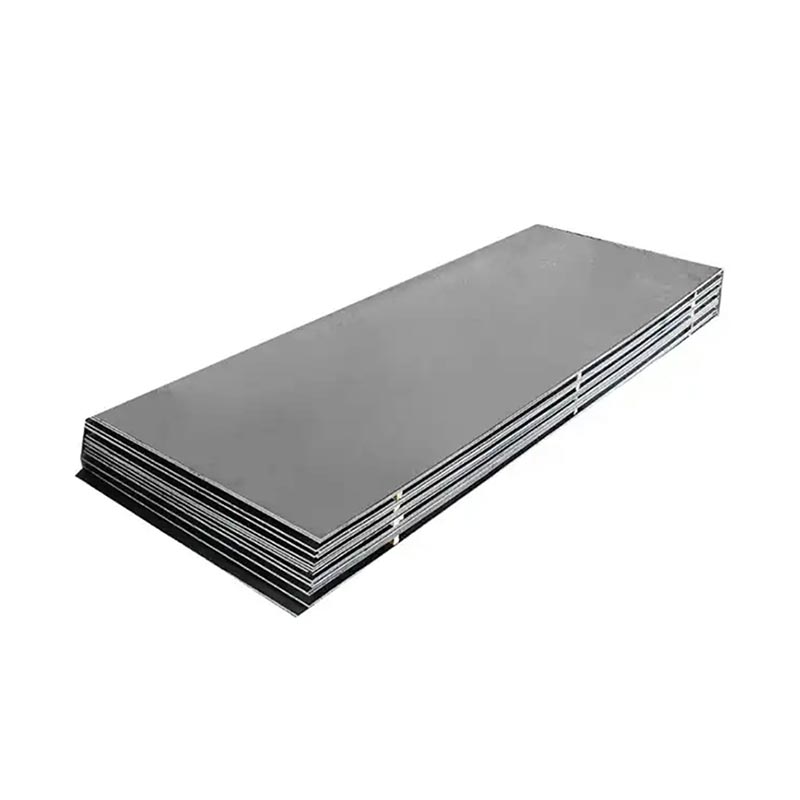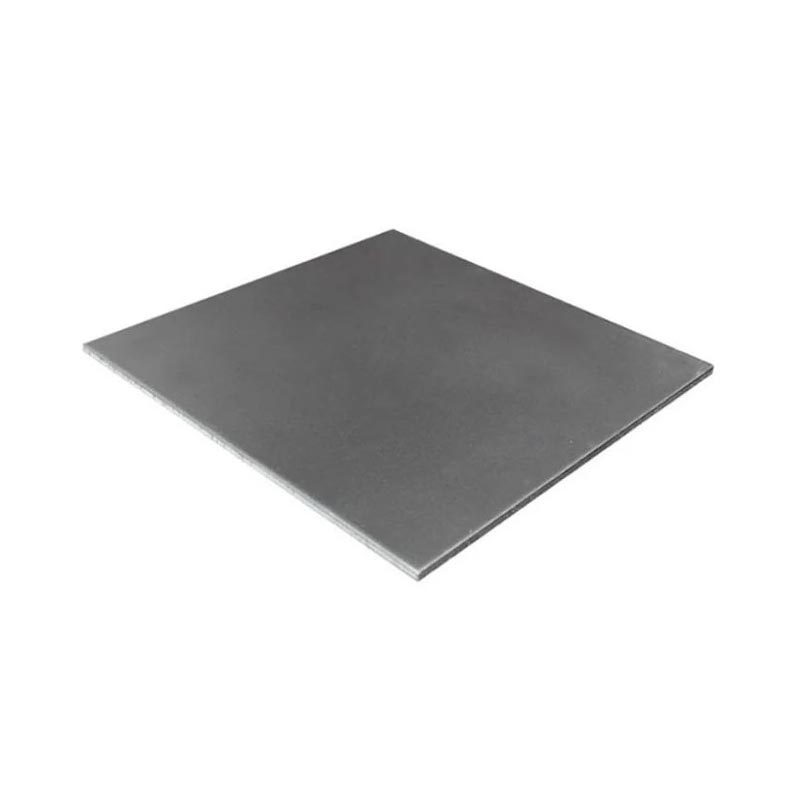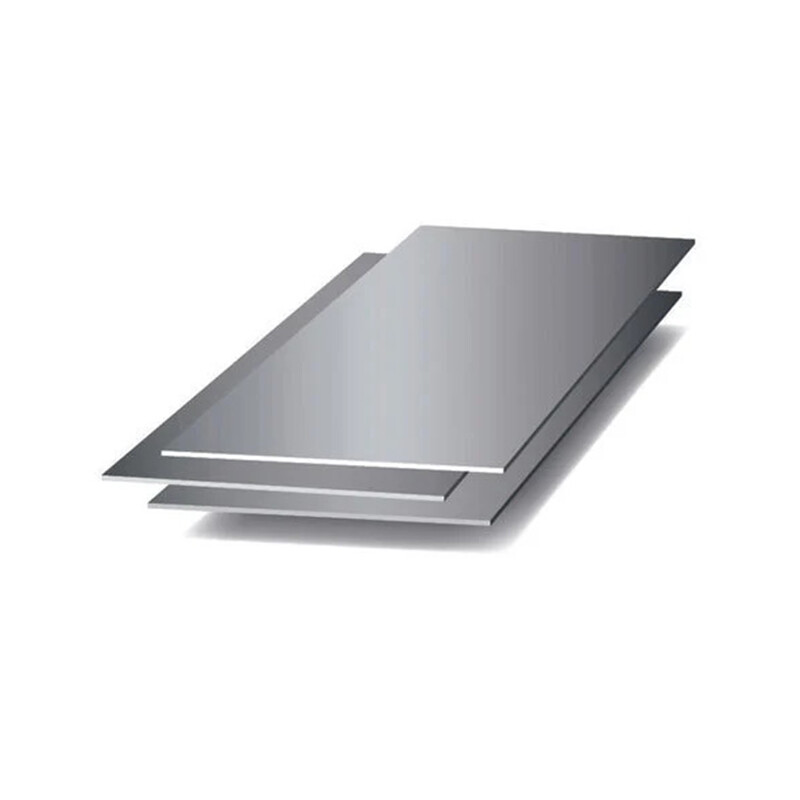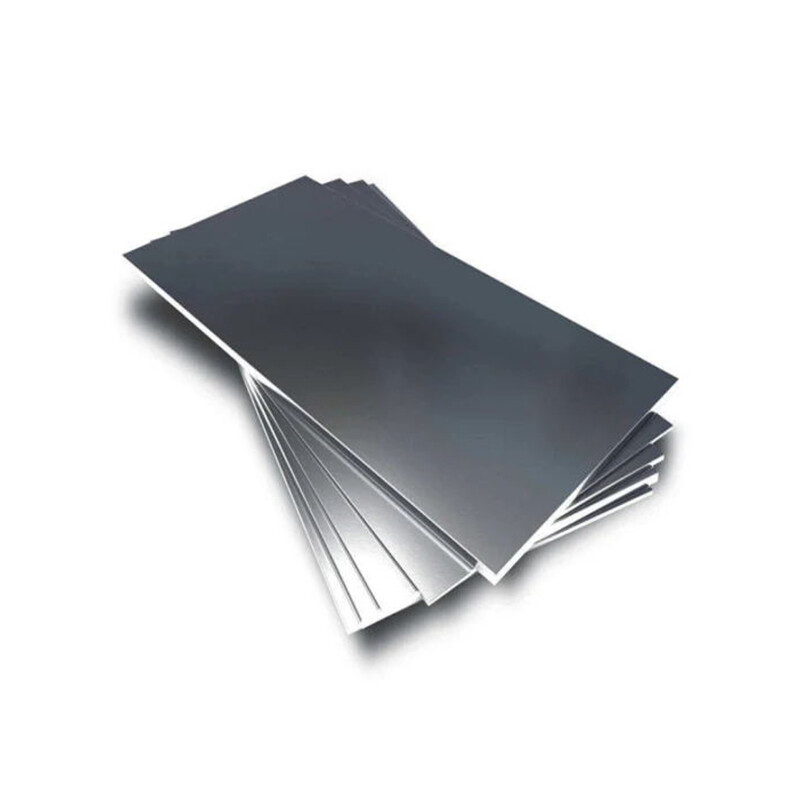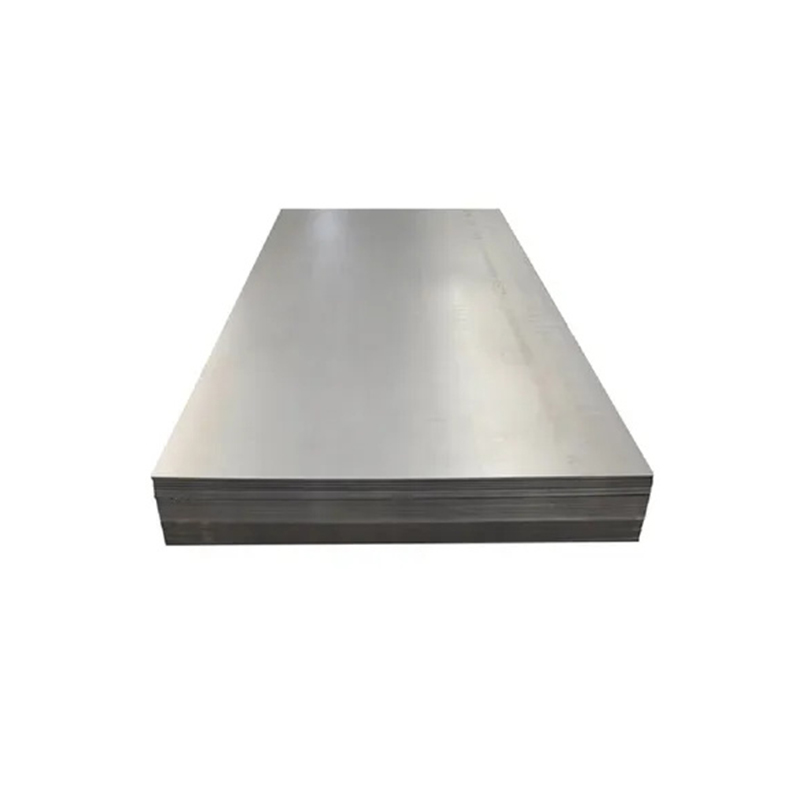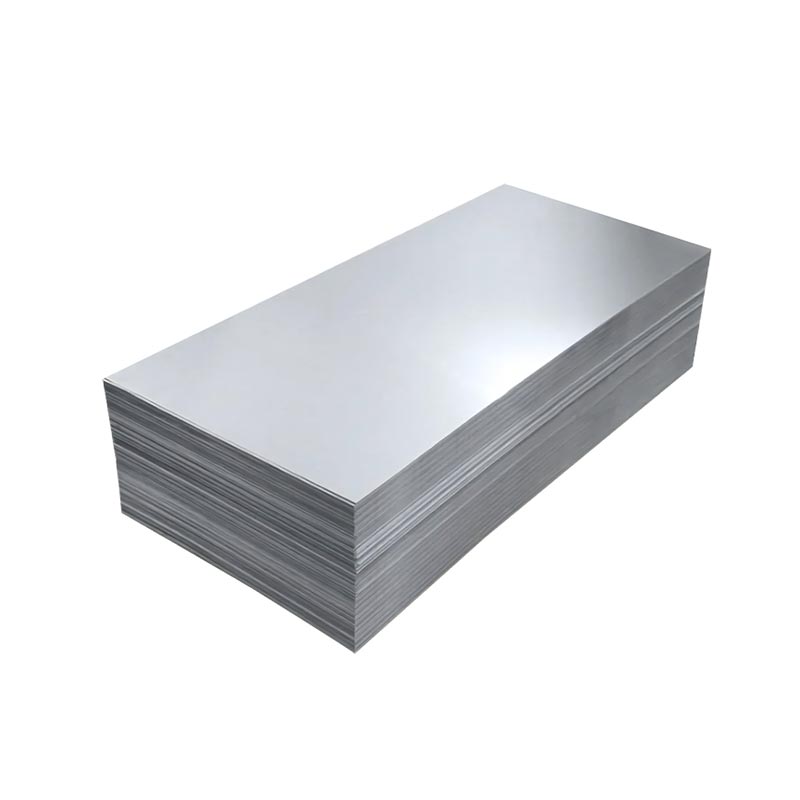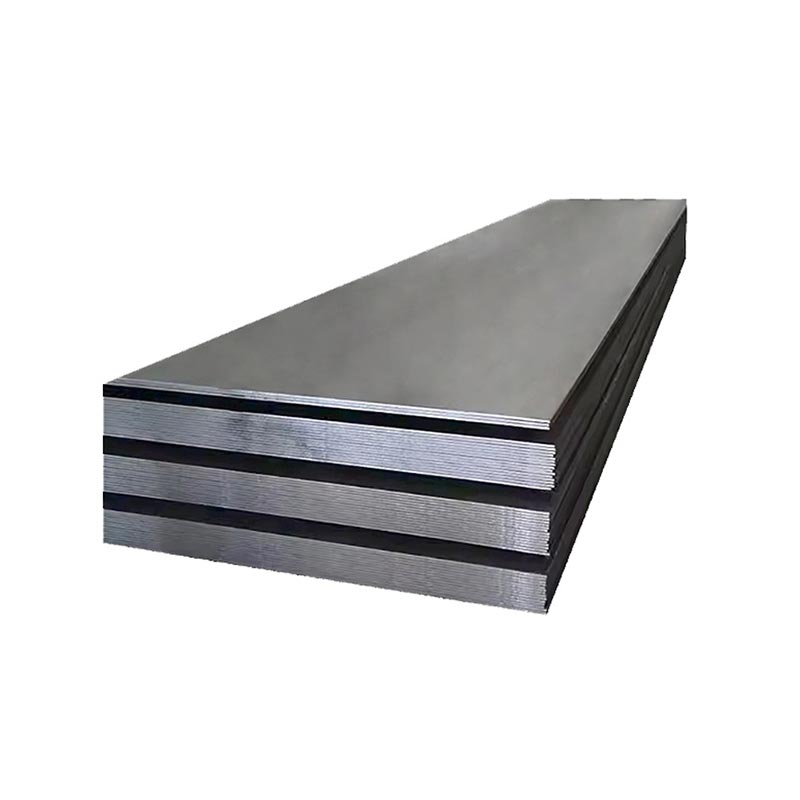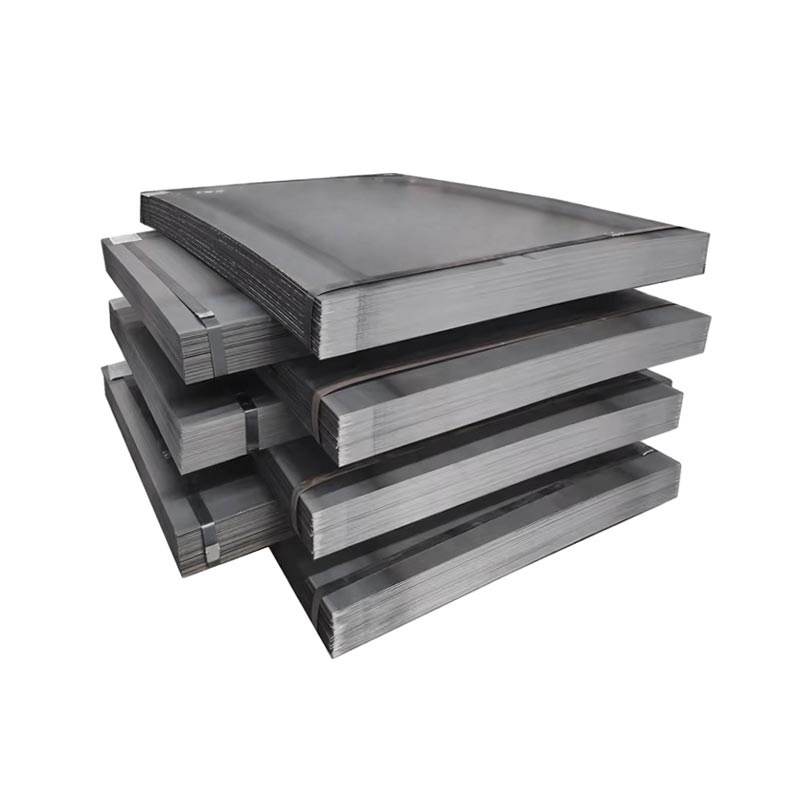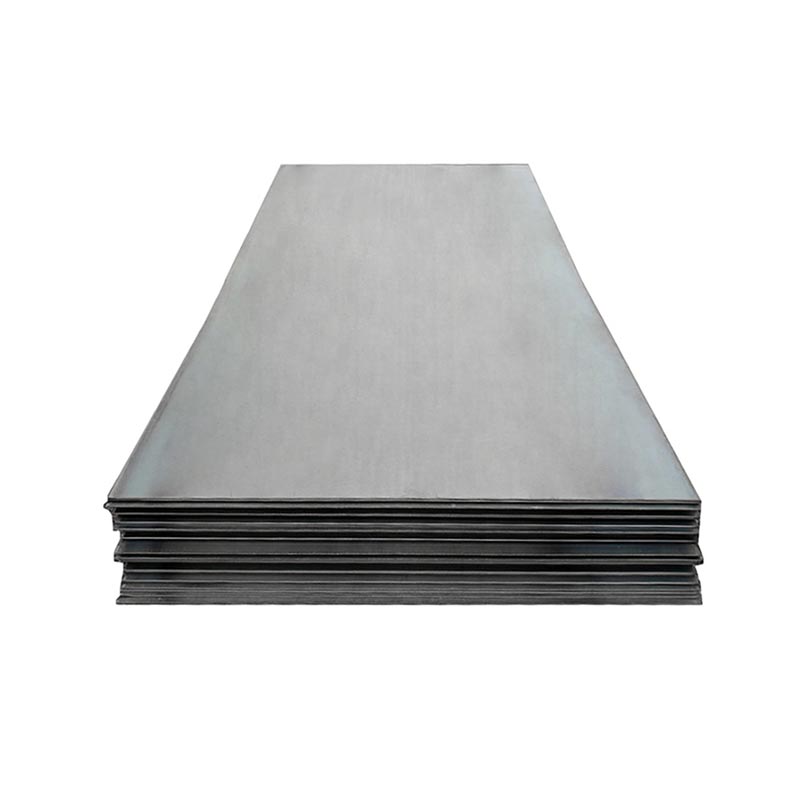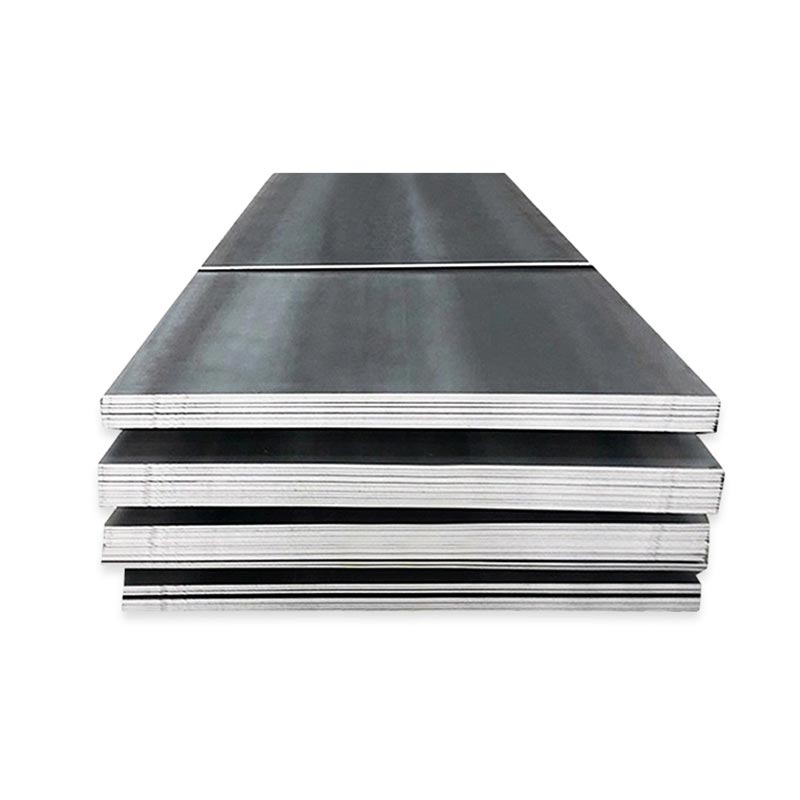Carbon Steel Coil
● A carbon steel coil is a continuous, rolled sheet of carbon steel (iron-carbon alloy) wound into a coil shape. Classified by carbon content (low, medium, high), it balances formability, strength, and cost.
● Low-carbon coils (e.g., A36) offer ductility and weldability, ideal for automotive parts or construction. Medium-carbon variants provide higher strength, used in machinery. High-carbon types are hard but less flexible, suited for tools.
● Available in various thicknesses and widths, these coils are unrolled for cutting, stamping, or forming. Common in manufacturing, construction, and metalworking, they serve as raw material for pipes, panels, and structural components.
View Video
A572/S355JR Carbon Steel Coil
A572 (ASTM) and S355JR (EN) are high-strength low-alloy carbon steel coils. A572 offers grades (e.g., 50, 60) with tensile 450–690 MPa; S355JR has tensile 470–630 MPa, yield ≥355 MPa. Both provide superior strength over mild steel, good weldability, and formability. Used in structural applications—bridges, machinery, frames. A572 is U.S.-standard; S355JR is European, widely accepted globally. Both balance strength and workability for heavy-duty use.
Get A Quick Quote!
You Can Leave Us A Message
or Send Us An Email!
Product Details
Product Parameters
Packaging and Transportation
Related Products
Leave Us Message
Please give us a message
What are you lookking for?

